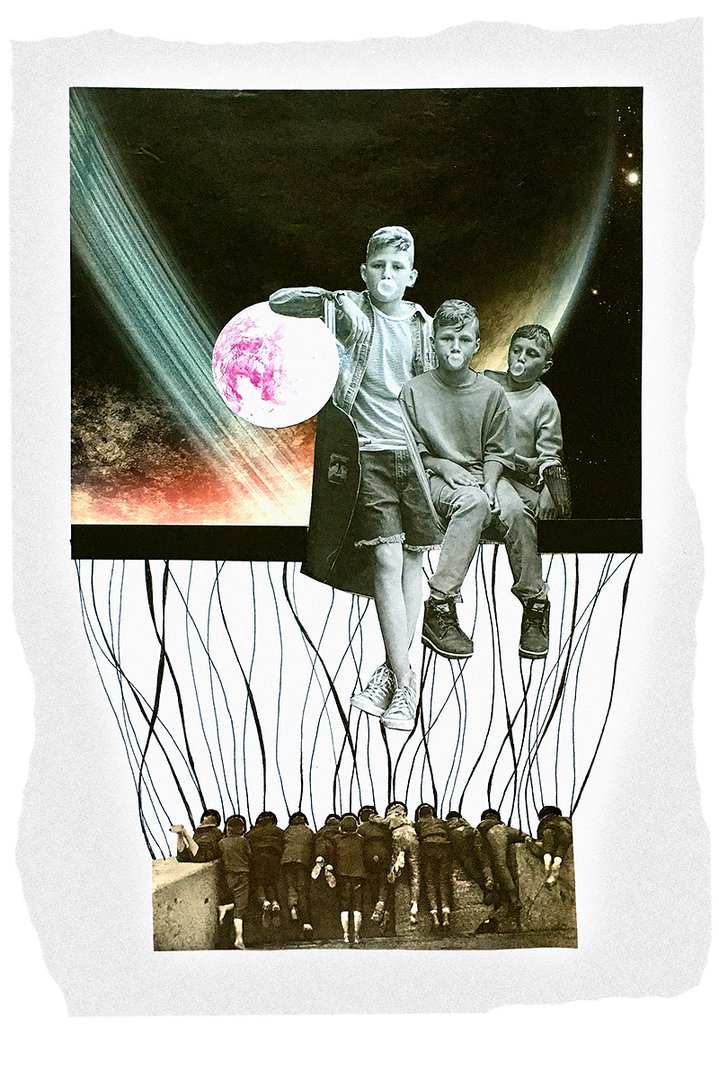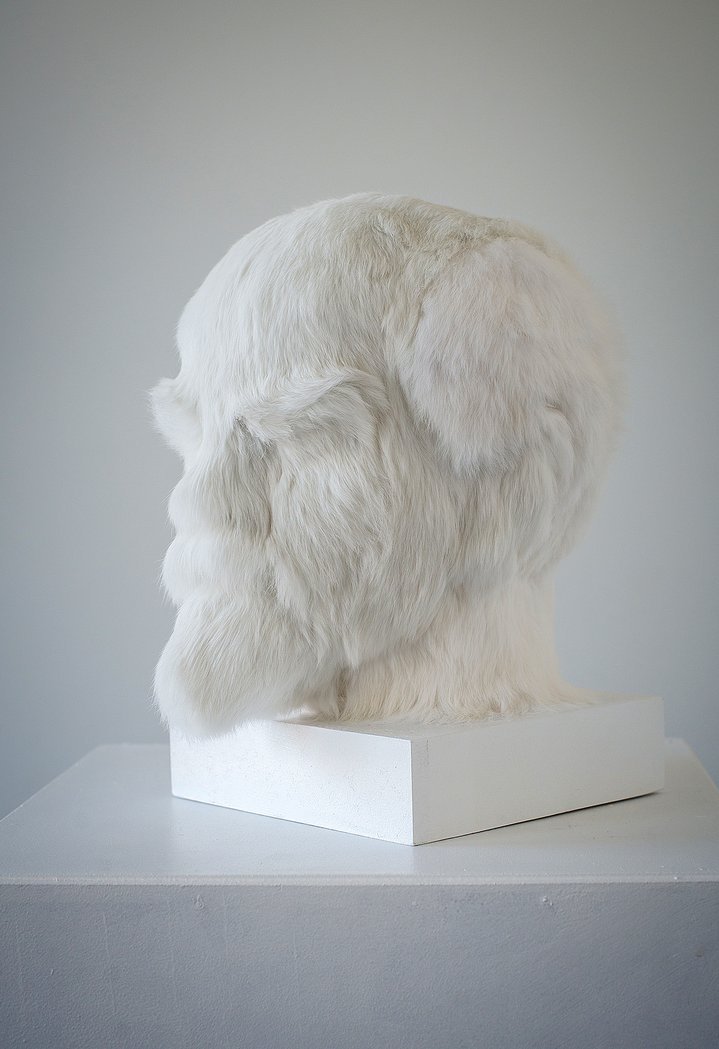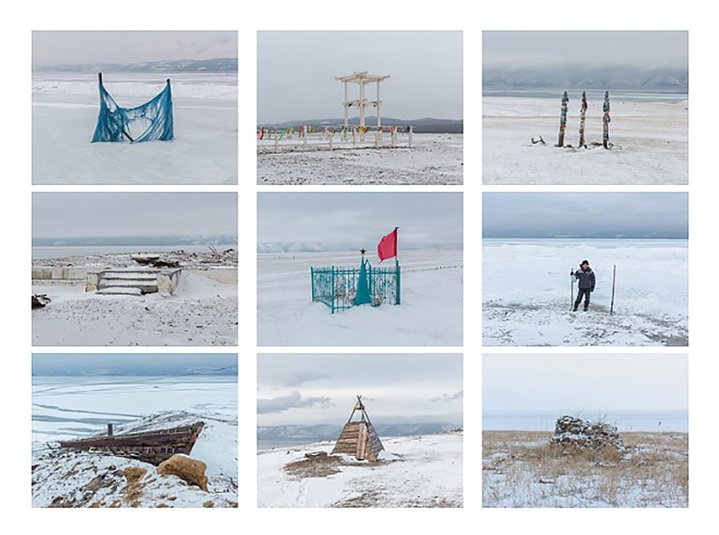Trying to discover contemporary Russian art by train

Provmyza. Eternity. 2011. Still from the video
Brussels’ Bozar centre puts on a show of 12 Russian artists found on an epic journey through the world’s largest country.
In an experiment that began in Moscow and ended 11,000 km later in the Pacific Ocean port city of Vladivostok, a group of international art experts last summer boarded a cultural train in search of undiscovered artists.
Their mission was to stop in 12 cities along the Trans-Siberian railway line and pick a single artist in each of them for this summer’s "12th Time Zone" exhibition in Brussels. The trip was organised by National Centre for Contemporary Art (NCCA), an organisation under the auspices of Russia’s Ministry of Culture.
The aim was to go beyond the magnetic influence of Moscow and St. Petersburg, the two cities to which the vast majority of ambitious Russian artists gravitate.
However, it turned out that not all the artists chosen by the experts were living in provincial obscurity. Alexei Martins (b. 1981) works in Moscow, as does the photographer Elena Asonova (b. 1983) while Anton Vinogradov (b. 1991) had already established himself in St. Petersburg.
Far from being stuck in the depths of Russia, another artist, Natasha Yudina (b. 1982) had already participated in a group show called "Art Riot" at Saatchi Gallery.
Regardless of what fame the 12 chosen artists might have achieved at home, the fact remains that they are completely unknown to the general public in the West. (The13th exhibit, a video, was created by Kaliningrad-based art critic and artist Alexandra Artamonova, who travelled with the expert team throughout the journey).
The subjects and approaches used by the 12 artists echo concerns shared by contemporary artists far beyond Russia, such as protecting nature, pollution and climate change. Striking for instance is Alexei Martins’ "Black Cloud," an installation looking like a forest turned to stone that captures the black skies over his native Krasnoyarsk during inclement weather conditions, whereas Elena Anosova’s photographs of icy landscapes bring to mind a vast frozen desert.
The overall impression, at least based on what was shown to the foreign art experts on this organised tour, is that social or political issues do not seem to be top priorities for Russian provincial artists.
A winter landscape by Damir Muratov sends a subtle message through two inscriptions. The seemingly innocuous one at the top of the picture reads: "Snowy sky above us." The sting however comes at the bottom where another inscription reads, "Taiga law inside us." Those words stand for complete lawlessness.
Art's social dimension can be felt in Anton Vinogradov’s photographs of the wild nature he used to haunt when skipping school, now entirely converted into concrete jungles.
Inna Dodiomova’s (b. 1988) suspended string of spent cartridges refers to a short-lived conflict between the Soviet Union and Japan in 1938 and how guns have since been replaced by the sound of jingling coins, as economic agreements take priority over warfare.
More subtly, Natasha Yudina, dedicates her fur and knitted portraits to the first man in space, Yuri Gagarin and, with a nice sense of irony, to Vladimir Lenin as well.
Among the 12 artists featured are the dynamic art collective from the Ural city of Ekaterinburg, "Where Dogs Run" (Kuda begut sobaki). Their project focuses on the potato, an essential source of nourishment for most of the Russian population, as well as a key ingredient in distilling vodka. It makes a silent social statement.
The 12th Time Zone. A Contemporary Art Report from Russia
Brussels, Belgium
28 June – 8 September 2019









